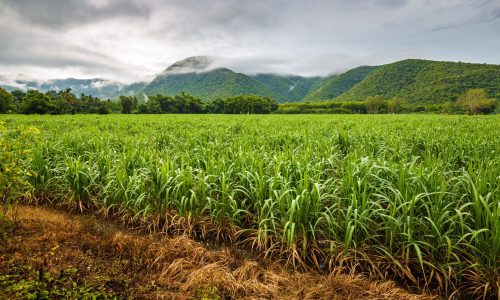The Ministry of Investment/Investment Coordinating Board (BKPM) projects that Indonesia’s downstream program could attract US$618 billion (Rp9,000 trillion) in investments over the next 15 years, providing a significant boost to the country’s economic growth through 2040.
Deputy for Investment Implementation Control at the Ministry of Investment/BKPM, Edy Junaedi, said that this potential emerged after the government developed a comprehensive downstream roadmap.
This plan involves 28 commodities aimed at enhancing value addition across multiple sectors.
“At least half of the Rp9,000 trillion target is expected to be achieved within the first five years, by 2029,” Edy said in Jakarta on Monday, November 18, 2024.
He noted that downstream programs contributed only 21 percent to total investments over the past five years.
However, the government aims to increase this share to 50 percent between 2025 and 2029, and up to 70 percent by 2040.
The majority − around 60 percent − of these downstream investments will focus on metal commodities.
Other key sectors anticipated to attract foreign investment, include transportation, warehousing, and telecommunications.
Investment Minister Rosan P. Roeslani has emphasized that the downstream program will expand beyond mining, with a focus on agriculture.
Key commodities under this initiative include seaweed, crude palm oil, nutmeg, rubber, coconut, and blue swimming crab.
“Seaweed is one of the next commodities the government will prioritize in its downstream program,” Rosan said on October 15, 2024.
Seaweed offers diverse derivative products, including food, cosmetics, and agar-agar.
Indonesia’s extensive coastline presents a competitive advantage in developing a robust seaweed-based industry.
Mochammad Firman Hidayat, Deputy for Coordination of Maritime Resources at the Coordinating Ministry for Maritime Affairs and Investment, has projected that downstream seaweed products would reach peak market demand by 2040.
Segments such as organic fertilizers and eco-friendly plastics are expected to grow significantly, with organic fertilizers forecast to reach US$10 billion and eco-friendly plastics exceeding US$40 billion by 2040.









